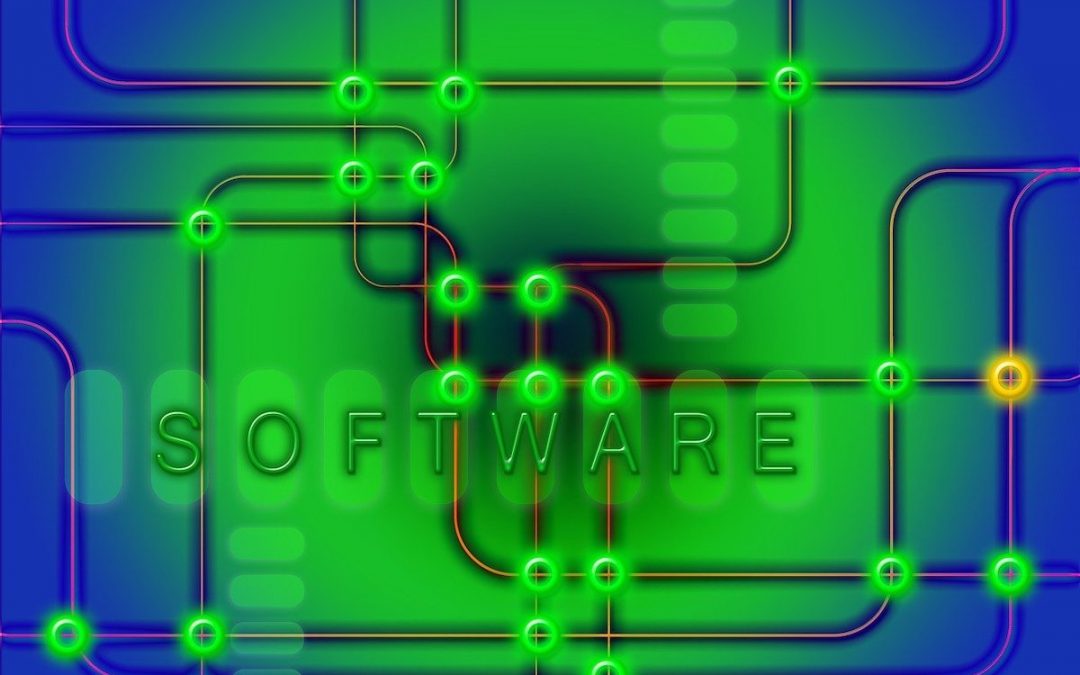Benefits of Implementing a Green IT strategy
Adopting a green approach to IT in your business can significantly reduce energy consumption, minimize waste, and promote environmental sustainability. As technology plays an increasingly critical role in our daily operations, adopting sustainable practices has become essential for businesses of all sizes. By integrating eco-friendly solutions and strategies into your IT infrastructure, you can not only save on operational costs but also contribute to a greener planet.
Understanding Green IT and Its Importance
Green IT refers to a global movement in Information Technology that aims to minimize the effects of technology consumption on productive chains and ecosystems. As a business owner, implementing a Green IT strategy in your organization can have numerous benefits including improved efficiency, reduced emissions, and better resource conservation.
Efficiency
By introducing more ecological practices such as cloud storage and upgrading your equipment to extend its useful life, you can increase the efficiency of your business operations. This not only reduces the energy consumption of your IT infrastructure but also helps you save on operational costs. Moreover, embracing remote working and web conferencing solutions can enhance collaboration whilst reducing the need for physical commuting and business trips, leading to considerable time and financial savings.
Emissions
Reducing the emissions generated by your IT infrastructure is essential for complying with government regulations and showcasing your commitment to environmental responsibility. Implementing green IT practices will enable your organization to reduce waste and lower CO2 emissions resulting from electricity usage, transportation, and physical meetings. These initiatives can help bolster your business reputation and contribute to global efforts against climate change.
Resource Conservation
A key aspect of green IT is resource conservation and waste management. It encompasses utilizing resources in a more sustainable manner while finding ways to manage and recycle electronic waste.
- For instance, virtualizing your servers or consolidating your data centers can minimize the physical infrastructure needed, resulting in reduced energy consumption and lower material requirements.
- Efficient equipment disposal policies and further recycling initiatives can help minimize waste, thereby lessening your environmental footprint and benefiting your overall green IT strategy.
By understanding and incorporating these key components into your green IT strategy, you are taking important steps towards creating a more sustainable and responsible business.
Adopting Energy-Efficient Technologies
Virtualization
Virtualization is a key component in implementing a green IT strategy. By consolidating multiple software environments onto a single physical server, you can reduce the number of physical machines in your data center, lowering energy consumption and costs. Some advantages of virtualization include:
- Reduced server hardware requirements, leading to energy and cost savings
- Improved resource utilization of existing hardware
- Simplified management and maintenance of your IT infrastructure
To get started with virtualization, consider evaluating your current hardware and software setup, determining which applications can be virtualized, and choosing a suitable virtualization platform, such as VMware, Microsoft Hyper-V, or Citrix XenServer.
Cloud Computing
Cloud computing can help your business become more energy-efficient by offloading IT workloads to external data centers. By leveraging shared resources available in the cloud, you can reduce the need for in-house hardware, cutting energy expenses and carbon emissions. Here are some key benefits of cloud computing:
- Scalability: Easily adjust your computing capacity based on demand
- Flexibility: Access your data and applications from anywhere, at any time
- Cost reduction: Pay only for the resources you use, leading to lower energy costs
When considering a transition to cloud computing, research different cloud providers to determine which one suits your needs best. Options include public, private, and hybrid cloud services, each having its own advantages and trade-offs in terms of cost, security, and compatibility with your existing IT infrastructure.
Liquid Cooling
An effective way to improve the energy efficiency of your data center is by implementing liquid cooling solutions. Liquid cooling uses fluids to absorb and dissipate heat from your hardware, resulting in lower temperatures compared to traditional air-based cooling systems. This can lead to the following benefits:
- Improved energy efficiency due to optimized heat distribution and reduced need for air conditioning
- Increased hardware longevity, as lower temperatures can extend the life of your equipment
- Reduced noise levels in your data center, creating a more comfortable working environment
In order to implement liquid cooling in your infrastructure, evaluate your current cooling methods, identify areas for improvement, and explore various liquid cooling technologies. Some commonly used methods include direct-to-chip cooling, immersion cooling, and rear-door heat exchangers. Keep in mind that not all hardware may be compatible with liquid cooling, so it’s essential to carefully consider the integration of this solution within your existing setup.
Recycling and Disposal
A key component of a green IT strategy is creating a plan for recycling and disposal of electronic waste (e-waste). Responsible e-waste management can help to minimize the environmental impact of your business’ IT operations.
Some strategies for effective recycling and disposal include:
- Establish partnerships with certified e-waste recyclers and disposal service providers that adhere to responsible practices.
- Develop a system for tracking and reporting the recycling and disposal of e-waste within your organization.
- Implement a policy for securely wiping data from devices before recycling or disposal to protect sensitive information.
Sustainable IT Infrastructure
In addition to sustainable procurement and disposal practices, there are several ways your business can implement a more environmentally friendly IT infrastructure:
- Relocate and consolidate your data center for increased energy efficiency. According to BMC, relocating servers to colder climates can result in an 8% reduction in greenhouse gas emissions.
- Utilize virtualization and cloud computing technologies to reduce the need for physical server infrastructure.
- Invest in energy-efficient equipment and utilize power management settings on devices to save energy.
By focusing on these sustainable procurement and disposal practices, as well as improving your IT infrastructure, you can create a greener, more environmentally-responsible IT strategy for your business.


Recent Comments